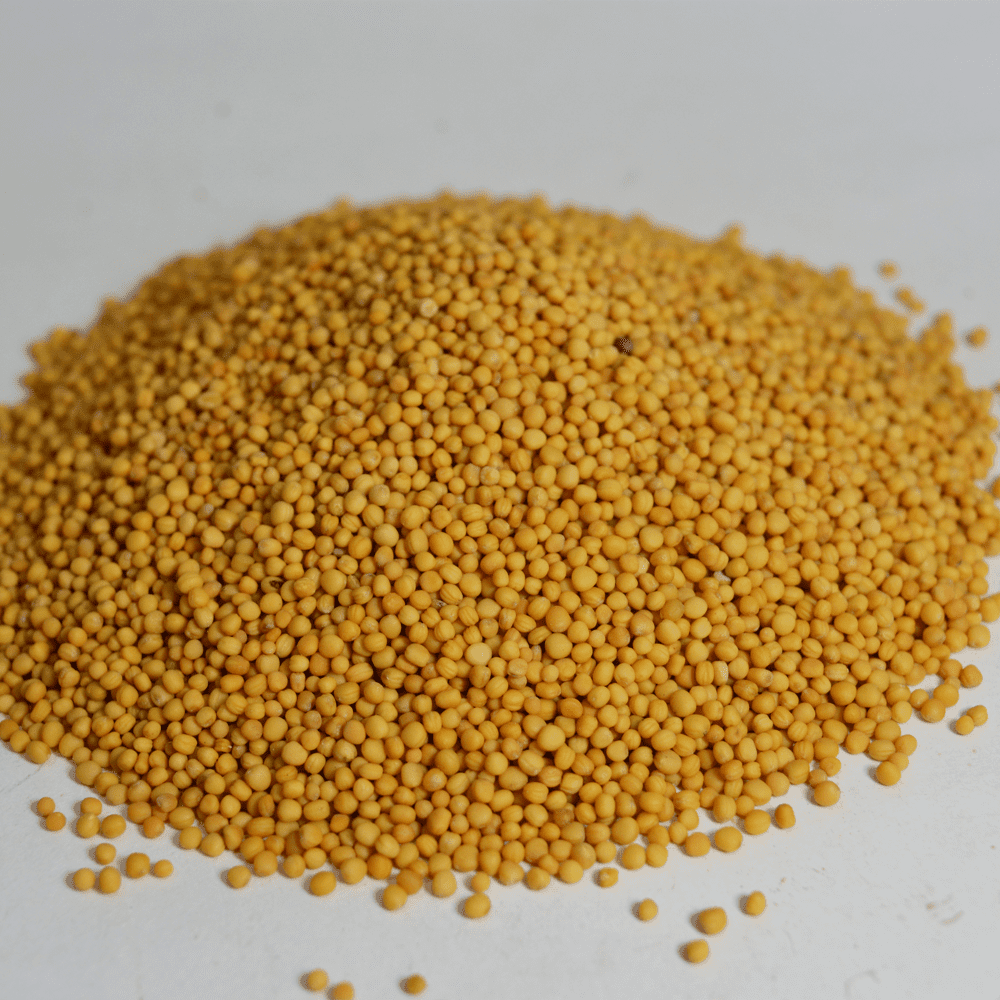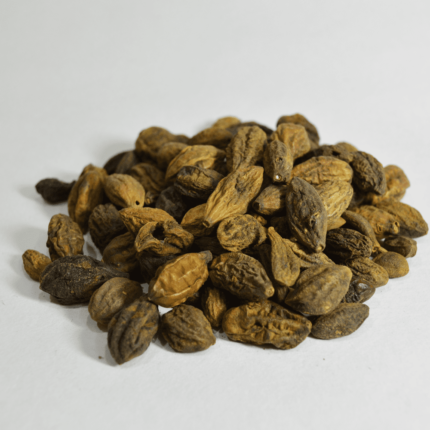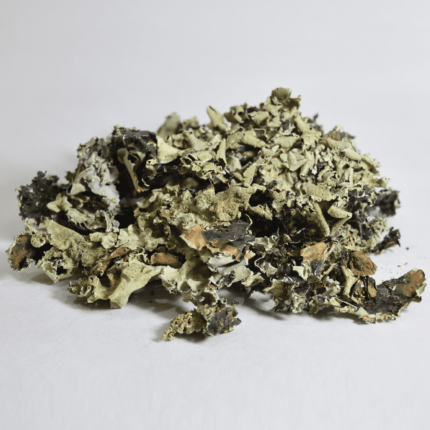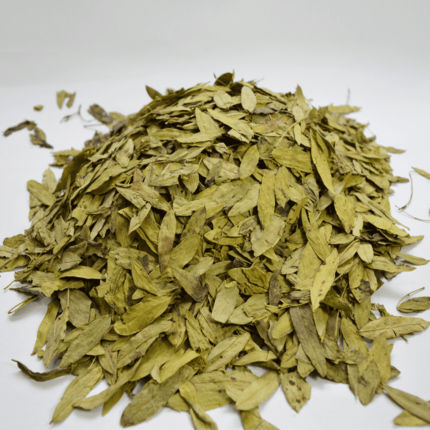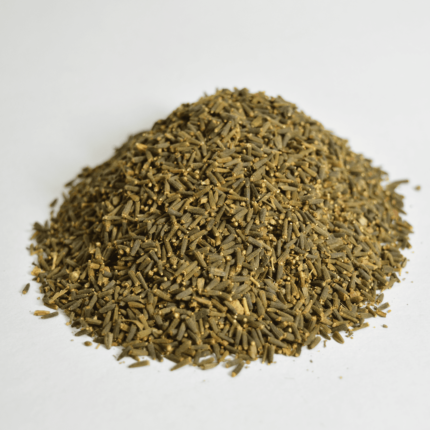Description
White mustard is an annual plant Grown for its seeds, mustard, as fodder crop or as a green manure, it is now widespread worldwide, although it probably originated in the Mediterranean region. The plant is 1-2 ft tall. Stem is branched, bristly, usually clearly coarsely hairy. Flowers are yellow, about 1.5 cm across, petals four, 7-10 mm long. Sepals are 4, spreading. Stamens are 6, of which 4 long and 2 short. Gynoecium fused, a single carpel. Leaves are alternate, stalked. Blade is coarsely hairy, irregularly pinnately lobed, terminal leaflet large. Uppermost stem leaves clearly lobed. Fruit is many-seeded, densely stiff-haired, 3-veined, 2-4 cm long siliqua terminated by a flat, slightly curved, seedless beak the same length as the other siliqua. White mustard seeds are hard round seeds, usually around 1 to 1.5 mm in diameter, with a color ranging from beige or yellow to light brown. They can be used whole for pickling or toasted for use in dishes. When ground and mixed with other ingredients, a paste or more standard condiment can be produced. The seeds contain sinalbin, which is a thioglycoside responsible for their pungent taste.
| Botanical Name | Common Name | Tamil | Hindi | Malayalam |
|---|---|---|---|---|
| Sinapis Alba | Yellow Mustard, White Mustard | வெண்கடுகு | सफ़ैद राई / safed rai | കടുക് / Ven Kadugu |




